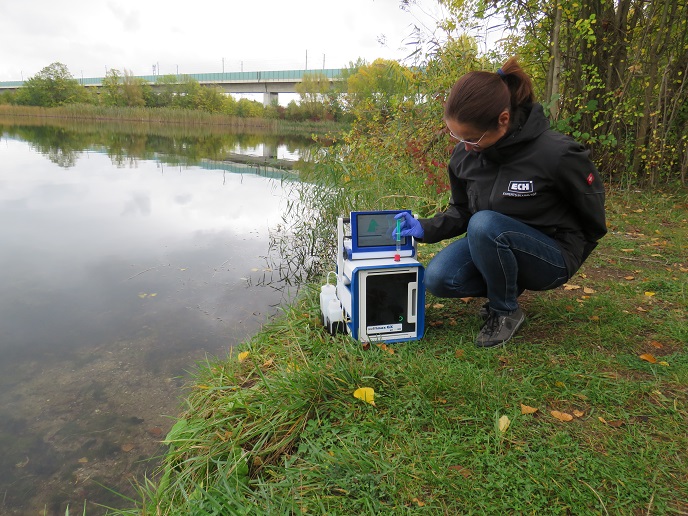Analyser monitors and neutralises sewer hydrogen sulfide
Hydrogen sulfide (H2S), also known as rotten egg gas, is often a by product of the bacterial breakdown of organic matter in sewer wastewater. This toxic gas accumulates in the pipes, reacting with a biofilm on the walls to form the highly corrosive sulfuric acid that can severely damage the walls. Repairing them costs EUR 250 billion per year in Europe alone. H2S comes and goes from sewer systems unpredictably, depending on local conditions. Therefore, operators need to monitor the gas throughout a pipe network. In theory, once H2S was detected, operators could neutralise it with chemicals where necessary. Yet, since accurate monitoring of H2S has proven difficult to date, the application of the expensive chemicals is imprecise and excessive, meaning wastage and high costs.
Automatic H2S detector system
Europe needs a system that automatically monitors H2S throughout an entire sewer network, which is what the EU-funded H2S Analyzer project developed. A previous EU funded project of the same name developed a new sensor and analysis system. The present project updated it, refined the treatment method and upscaled production for market release. “We developed a new gas extraction method and used it to extract the H2S gas from the sample,” explains Dr Michael Hahn, project coordinator. “That means the sample matrix does not come into contact with the sensor, which ensures high sensitivity and stable results.” According to the developed solution, devices about the size of a microwave oven are installed throughout a sewer network, above the waterline. These continuously and automatically monitor the H2S concentration. A control system links all sensors, calculates the quantities of neutralising chemicals needed at each sensor location and manages the targeted release in real time. This keeps the H2S levels at zero. Since this method uses just the required amount of chemicals, costs are significantly lower than previous alternatives. Since this also prevents damage to the pipe walls, expensive repairs are not needed.
Successful real-world demonstration
The analyser system is now at Technology Readiness Level 7, meaning that a prototype has been satisfactorily demonstrated in an operational environment. Testing showed that the system can detect H2S levels from 0.01 ppm and that it uses 40-50 % less neutralising chemicals than previously. These results are predicted to reduce the cost of managing wastewater infrastructure by more than 40 % while also extending its lifespan from the present 10-60 years to over 100 years. “Our most important result was to create a new standard,” adds Hahn. “We are working with ASTM, formerly known as American Society for Testing and Materials, Deutsches Institut für Normung (DIN) and other standardisation committees. During 2021, we finalised the draft of a new ASTM standard for monitoring H2S by gas extraction, based on our method and instrument.” ASTM methods are used worldwide. H2S Analyser is targeted to municipal and private wastewater companies, also to European testing laboratories. Together, these represent a combined market worth over EUR 1.5 billion. The new system outperforms competitors and will ultimately mean improved wastewater infrastructure management at a substantially reduced cost.
Keywords
H2S Analyzer, H2S, sewer, wastewater, sensor, hydrogen sulfide, monitoring, gas extraction, neutralising chemicals







